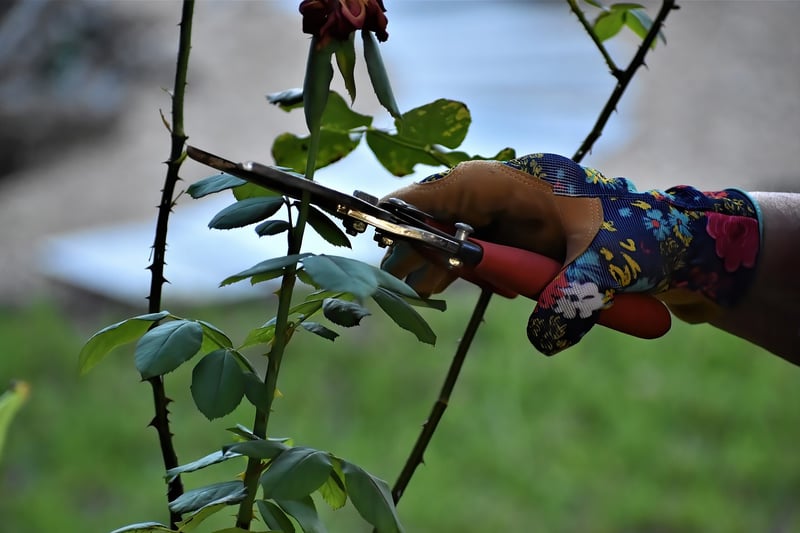Pruning Techniques
Essential Plant Maintenance and Pruning Techniques
Introduction to Plant Maintenance
Proper plant maintenance is essential for the health and longevity of your garden. Regular upkeep not only keeps your plants looking their best but also promotes growth and prevents diseases. One crucial aspect of plant maintenance is pruning, which helps shape plants, remove dead or diseased parts, and encourage new growth.
Benefits of Pruning
- Promotes healthy growth
- Enhances the appearance of plants
- Prevents disease by removing infected parts
- Improves air circulation and light penetration
- Controls plant size and shape
Pruning Techniques
Pruning may seem intimidating, but with the right techniques, you can easily master this skill. Here are some common pruning techniques:
1. Cleaning
Remove dead, diseased, or damaged branches to prevent the spread of infection and promote plant health.
2. Thinning
Remove excess branches to improve air circulation and light penetration, reducing the risk of fungal diseases.
3. Heading
Cut back the tips of branches to encourage bushier growth and shape the plant according to your preference.
4. Pinching
Pinch off the tips of young plant shoots to promote branching and create a fuller, more compact plant.
Tools for Pruning
Having the right tools is crucial for successful pruning. Some essential tools include:
- Pruning Shears
- Loppers
- Pruning Saw
- Hedge Shears
Conclusion
Regular plant maintenance, including proper pruning techniques, is key to a thriving garden. By understanding the benefits of pruning and mastering the essential techniques, you can ensure your plants remain healthy, vibrant, and visually appealing.

For more detailed instructions on specific plants or trees, consult gardening guides or seek advice from local experts.
Remember, a well-maintained garden is a joy to behold!
